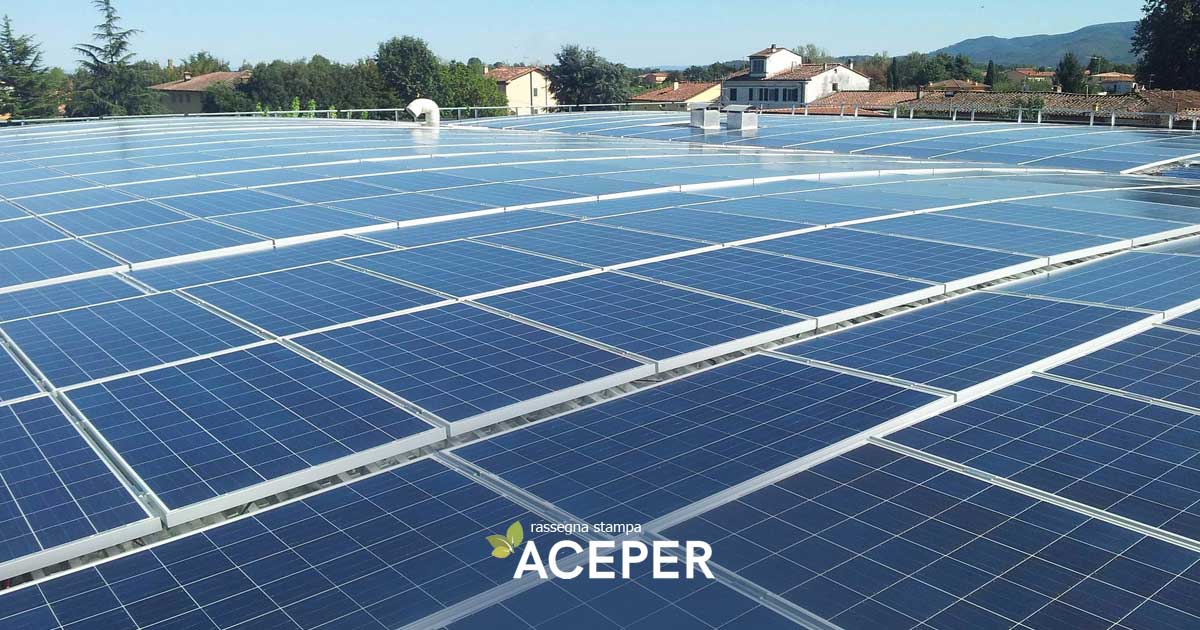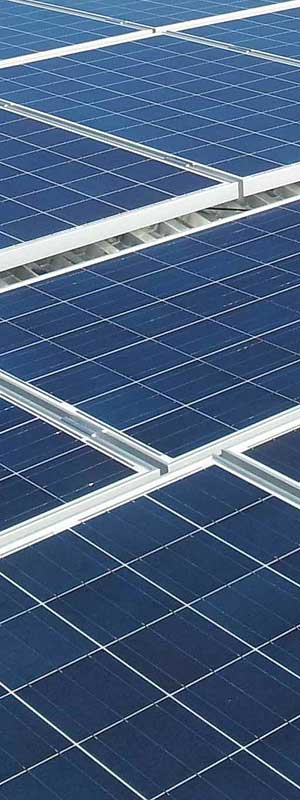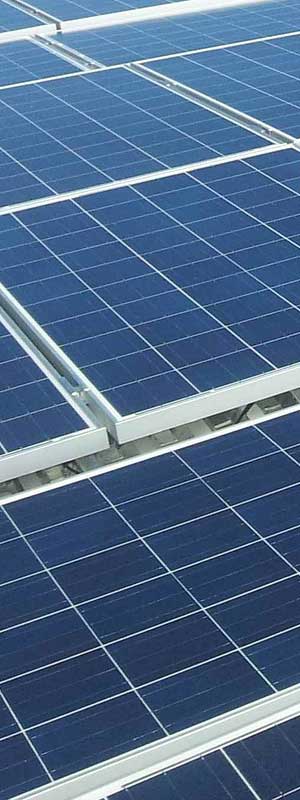26 January 2023

The appeal from Legambiente: “Stop dependence on fossil sources”. And Aceper asks the government for incentives, or as a protest, 10,000 plants that produce 900 GWh of clean electricity will be closed for 3 days.”
In recent years, if the development of Renewable Energy Sources (RES), especially solar and wind, had continued with the same average annual increase as in the 2010-2013 period, Italy could have reduced methane gas consumption by 20 billion cubic meters per year, cutting gas imports from Russia by 70%. According to Legambiente, these figures come from data analyzed by engineer Alex Sorokin of InterEnergy, who combined statistics from Terna on RES development from 2010-2013 with projections to 2022.
Specifically, over these eight years and maintaining the same production capacity and jobs in the RES industry from that triennium, Italy could have installed a total of at least 50,000 MW of additional solar and wind capacity by 2021, in addition to existing installations. This would have resulted in an additional electrical energy generation of +90 TWh (TeraWatthours) per year. Producing 90 TWh/year of electrical energy requires 20 billion cubic meters of gas.
These significant projection data indicate that governments in recent years have underestimated the importance and great potential of renewables,” notes Legambiente, which appeals to the Draghi administration to address the energy crisis affecting Italy and Europe, linked to ongoing conflicts and gas supply pressures, resulting in sharply increased utility bills. Legambiente argues that investing in clean sources, efficiency, self-production, and technological innovation is crucial to overcoming this crisis. They also highlight the potential contribution of existing pumped storage facilities, capable of storing up to 20 TWh of energy per year, equivalent to 7% of the national electrical contribution.
Meanwhile, companies represented by the Aceper group (Association of Consumers and Producers of Renewable Energy) are protesting by announcing a three-day shutdown of 10,000 photovoltaic installations. “The steep rise in energy costs, exacerbated by the war in Ukraine,” says Aceper president Veronica Pitea in a statement, “threatens to cripple the renewable energy sector in Italy, paradoxically the sector that should be driving Italy’s energy transition. If the government does not respond to our appeal, we will be forced to shut down over 10,000 photovoltaic installations across Italy, which produce over 900 GWh of clean electricity from renewable sources, enough to power the equivalent of six large cities such as Rome, Milan, Naples, Bologna, Bari, and Palermo combined.”
Aceper’s demand to the government is to amend the Support Decree TER and Article 36 linked to the 2020 budget law, “by providing alternative measures for renewable energy producers (such as ‘revamping’ installations, i.e., replacing parts and repairing them to restore optimal production),” otherwise, according to Pitea, “it would become unsustainable to keep our installations operational.
See here l’articolo from Tiscali Ambiente dated 14/03/2022
“Source Tiscali Ambiente”

Press review
For information


